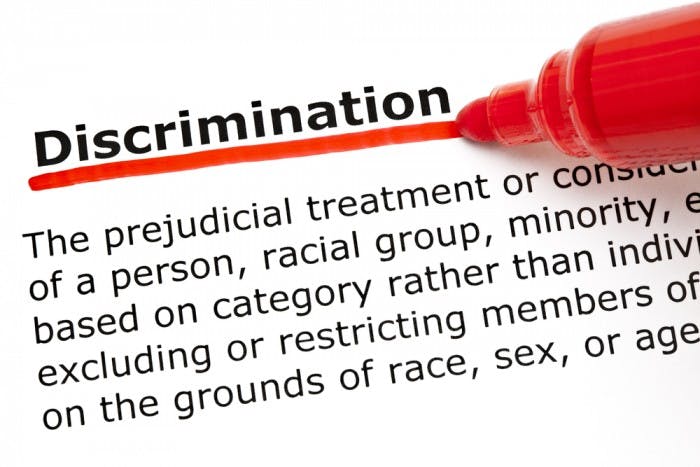By Eric B. Meyer
Can you eliminate discrimination claims by hiring minority replacements?
Yeah, no.
When a person claims that he wasn’t promoted because of his race, or terminated because of her gender, or brings some other claim of disparate treatment, that person must demonstrate several elements:
For example, in a failure-to-promote case, at a minimum, the plaintiff must establish four things:
- (S)he belongs to a protected group under Title VII;
- (S)he was qualified for the promotion;
- (S)he was not promoted; and,
- The employer promoted someone else.
To promote a minority, or not
In a recent federal court opinion (Edwards v. State of Oklahoma) , as a defense to a failure-to-promote claim, the employer argued that the fourth element requires a minority plaintiff to demonstrate that the company promoted a non-minority employee instead.
That argument has some superficial appeal. For example, consider a termination situation in which a company fired a woman and replaced her with a woman. That would suggest that gender was a not a motivating factor in the employment decision. But, then again, it’s notdispositive.
Here’s what an Oklahoma federal court had to say about that:
It would preclude suits by employers who hire and fire minority employees in an attempt to prevent them from vesting in employment benefits or developing a track record to qualify for promotion. It would also preclude a suit against an employer who terminates a woman it negatively perceives as a “feminist” and replaces her with a woman who is willing to be subordinate to her male co-workers or replaces an African-American with an African-American who is perceived to “know his place.” Although each of these situations involves wrongfully-motived terminations, under the rule advocated by the Defendants, the terminated employee would be unable to meet the prima facie burden. Such a result is unacceptable.”
Employer takeaway
Obviously, the easy solution here is this: Don’t let a protected-class characteristic motivate an employment decision.
But, at the other end of the spectrum, biased managers who replace a minority employee with another minority employee should avoid twisting their handlebar mustaches prematurely.
There may be a viable discrimination claim after all.
This was originally published on Eric B. Meyer’s blog, The Employer Handbook.
